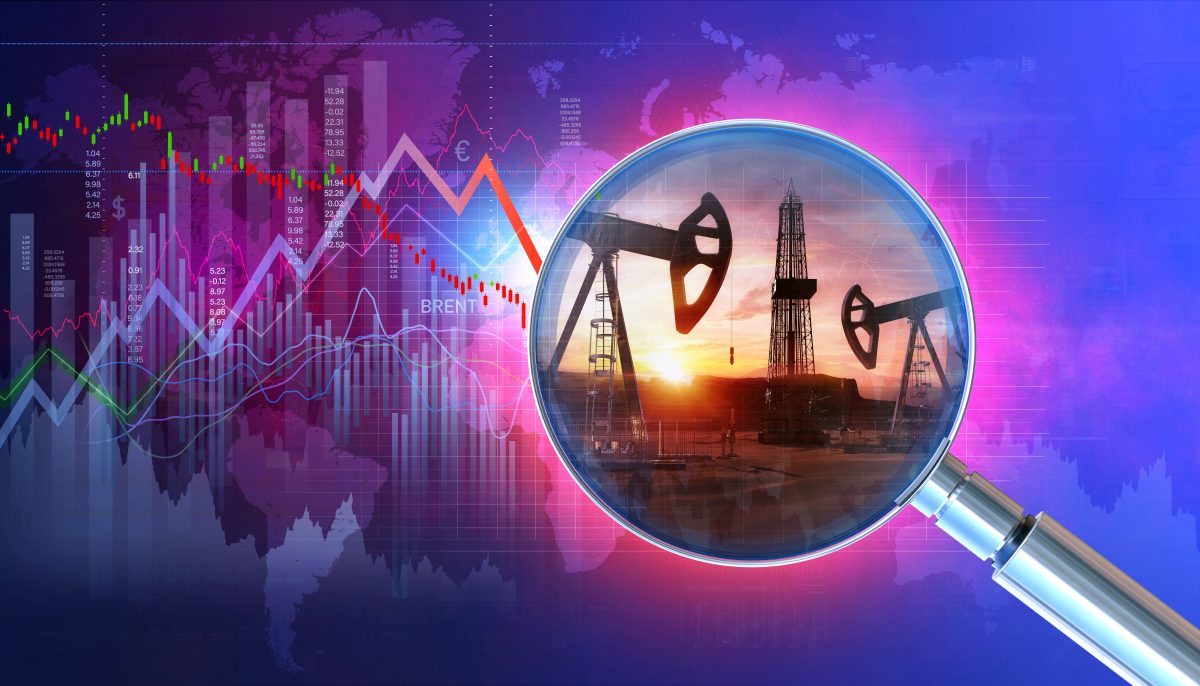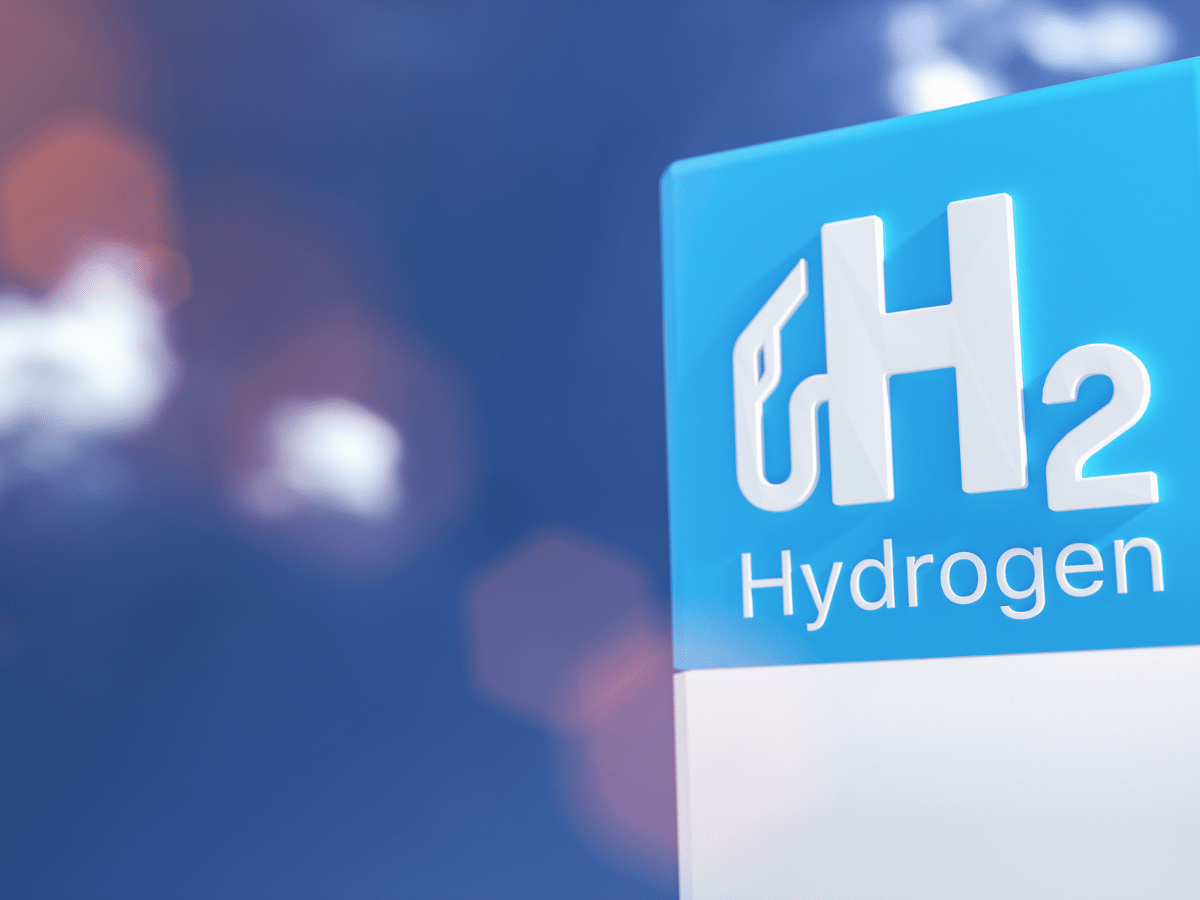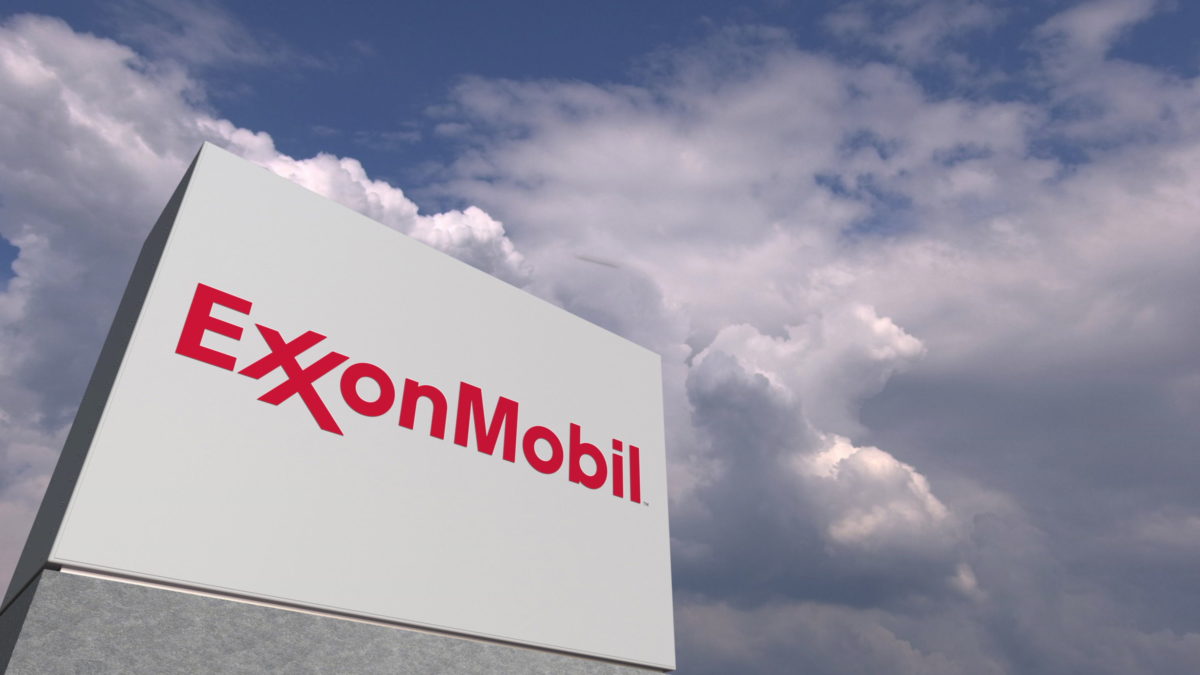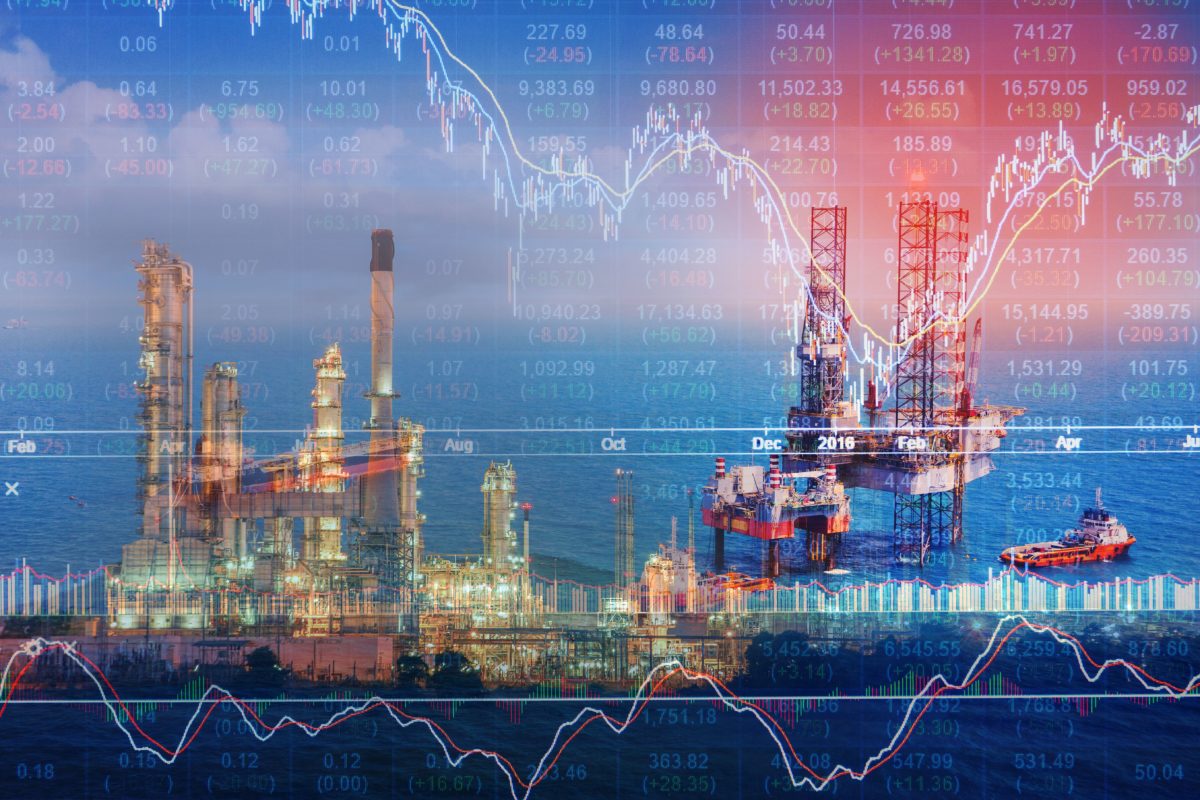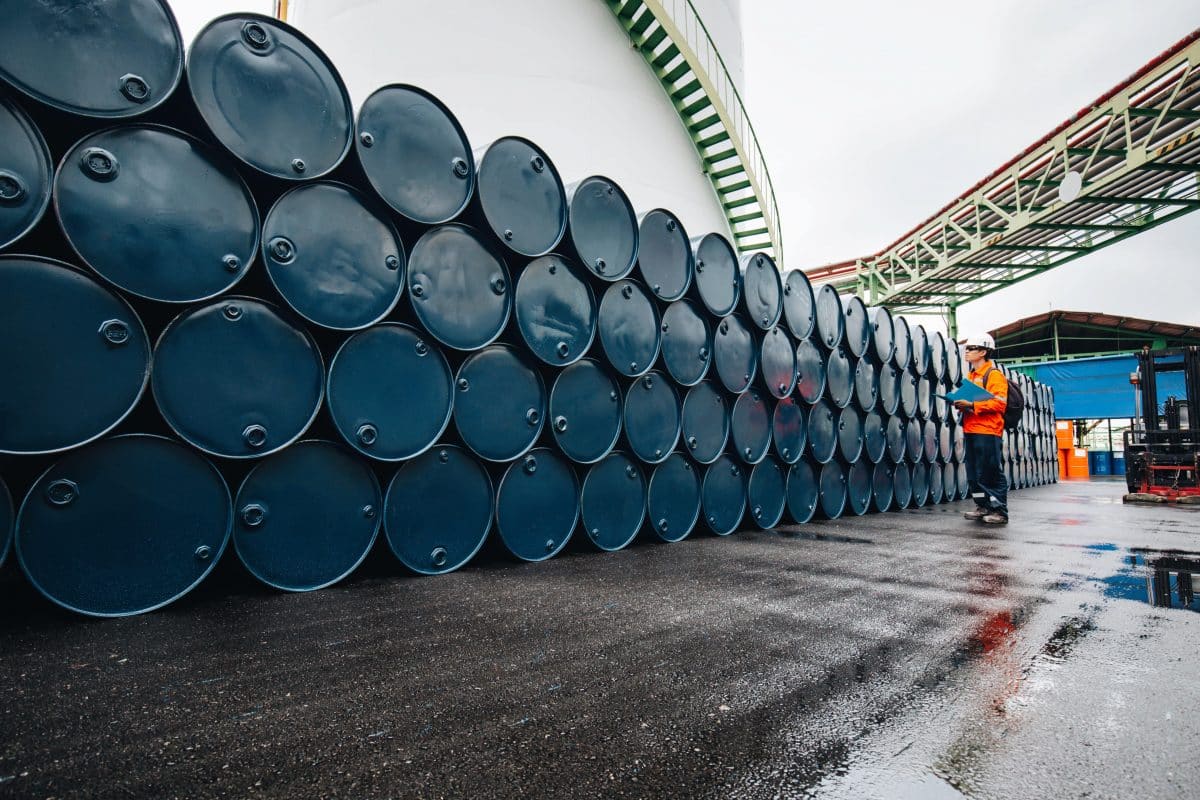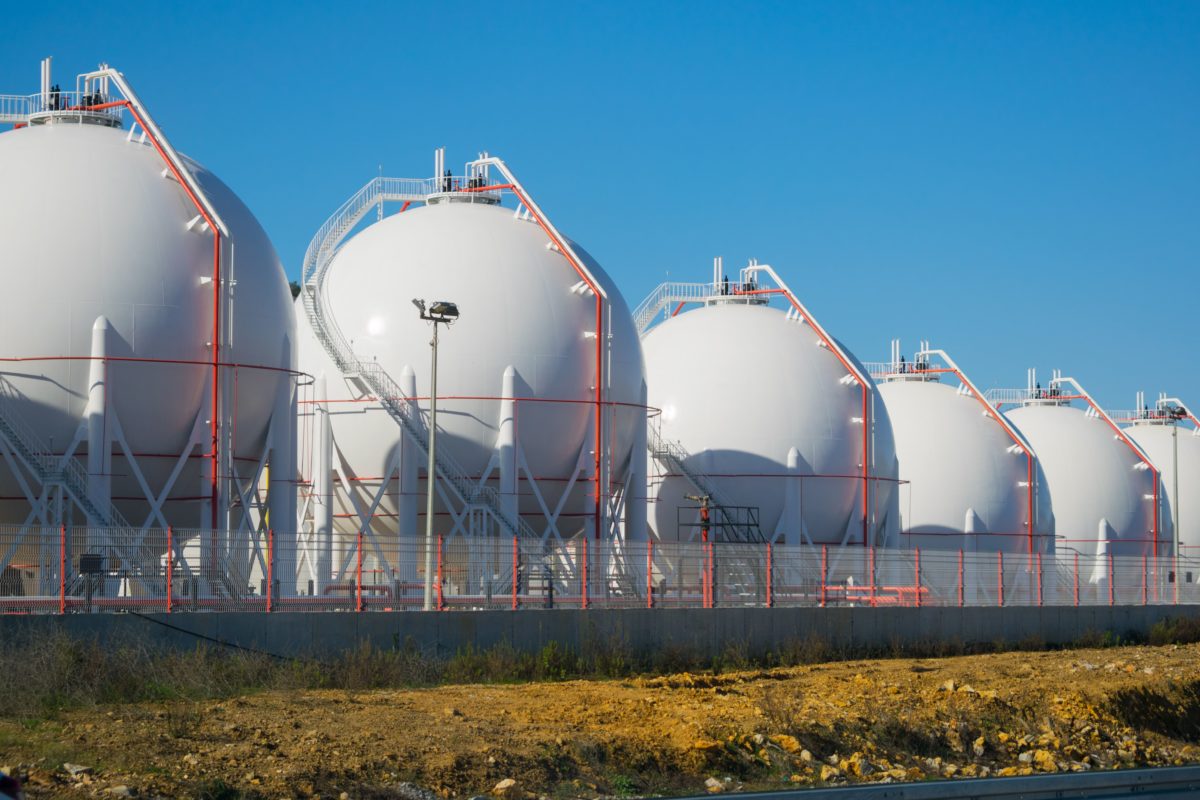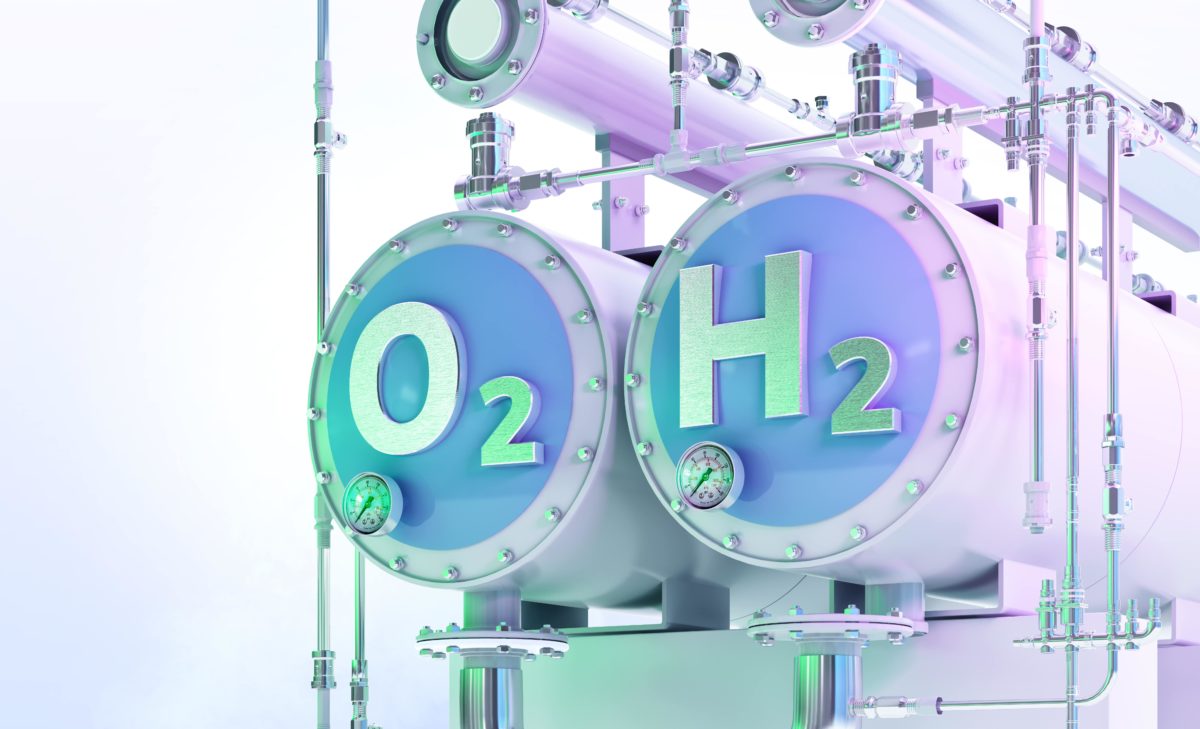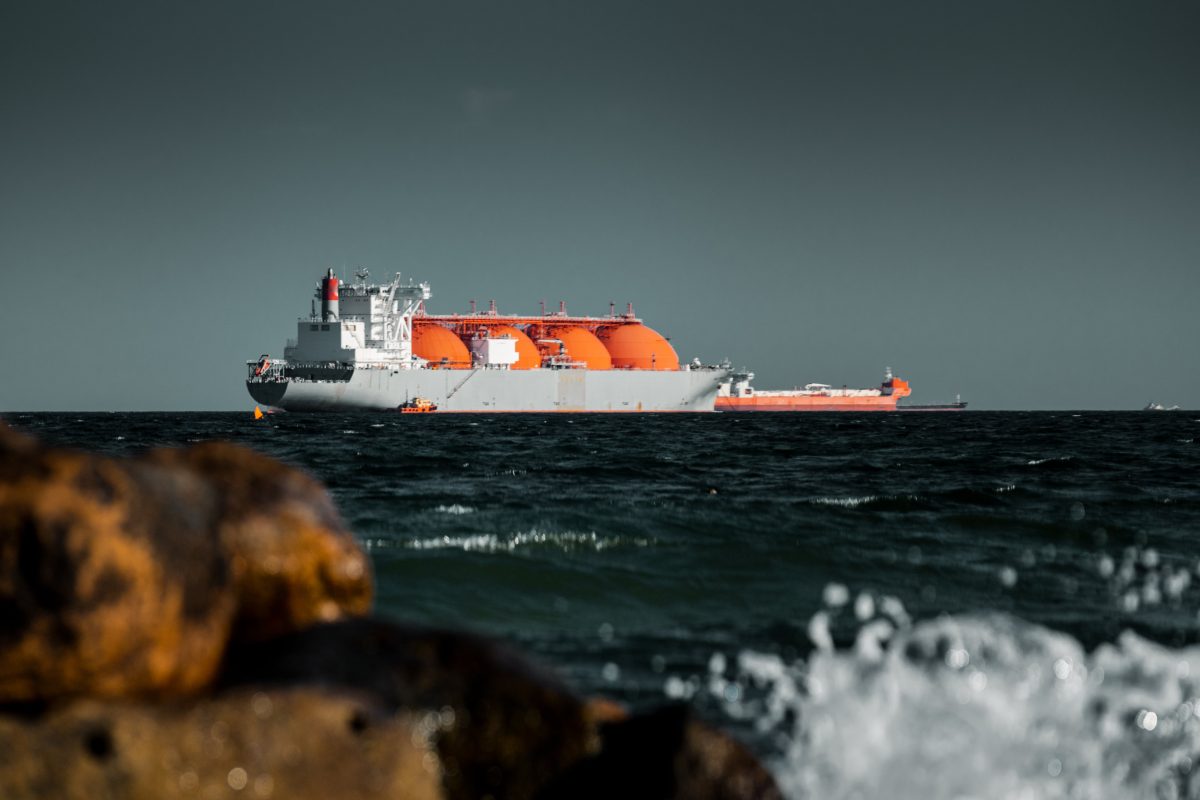Hydrogen is a gas with an average atomic mass of 1.00794.
It is the first and most abundant element on the periodic table.
It is a constituent of most organic compounds, making up about 75% of the universe’s overall mass.
Hydrogen is colorless, odorless and tasteless.
The lightest of all elements, hydrogen consists of the smallest of all molecules, which means it can permeate through many materials.
Hydrogen is rarely available in its pure form on Earth, so it requires extraction from compounds containing hydrogen. Any compound with ‘H’ in its chemical formula has hydrogen as one of its constituents.
It is in hydrocarbons, methane (CH4) and water (H2O) has been a key driver in my portfolio and allowed me to outperform the market since 2020.
During the pandemic, I bought the stock dirt cheap close to $30, when the entire world was buying tech, growth, and alternative investments like crypto and pictures of rocks.
However, I sold Exxon Mobil and shifted my money to peers, like Canadian Natural Resources (CNQ), as I realized I had bet on the wrong horse.
Don’t get me wrong! This article is not going to be a hit job on Exxon or a promotion of my holdings.
After having received countless questions from readers who asked me why I don’t own Exxon anymore, I will use this article to explain why I believe that Exxon is not the right place to be if investors want to bet on higher oil prices.
Nonetheless, I will also explain why I keep a Buy rating on the stock, as it’s not a bad company.
So, let’s get right to it!
When Oil Rises, Exxon Underperforms
While the company may have massive reserves and growth opportunities in markets like Guyana, on top of consistent dividend growth and a credit rating of AA-, it is somewhat stuck in the middle.
The company is not the best place to be for dividend income. Other companies have much more favorable distribution policies.
It’s not as undervalued as other oil companies, in case investors are looking for opportunities with potentially more capital appreciation.
The chart below confirms my case (I’ll give you more details in this article).
Below, we are looking at the ratio between the XOM stock price and the Energy Select Sector ETF (XLE). That’s the black line. The red line shows the price of oil – except that it’s inverted!
In other words, the fact that the XOM/XLE ratio tends to follow the red line over time shows that when oil prices fall, investors prefer XOM. That makes sense, as it comes with a lot of safety, including a balance sheet with an AA- rating.
However, when oil prices rise (the red line drops), XOM performs poorly compared to the XLE ETF.
Also, please bear in mind that Exxon accounts for roughly a quarter of the XLE ETF.
Exxon and Chevron (CVX) combined account for almost 40% of the entire ETF.
Including dividends, XOM has returned 76% over the past ten years, beating the XLE by roughly 28 points.
However, as the lower part of the chart above shows (it’s the XOM/XLE ratio again), outperformance has entirely vanished over the past five years.
The last time XOM was the “best place” to be in energy was between 2014 and 2021.
This period of subdued oil prices put pressure on US shale producers, benefiting XOM as a safe haven in a troubled industry compared to XLE.
Exxon Is Good, But Not Good Enough
With all of this in mind, Exxon isn’t a bad stock. If you have owned Exxon for many years and want to avoid taxes by not selling, I don’t think it hurts to stick around.
After all, Exxon is making progress.
For example, the company is rapidly investing in growth projects.
As we can see above, major projects, totaling $30 billion, were completed on time or ahead of schedule and within budget.
These projects included the Beaumont refinery expansion, the only major refinery expansion in the United States in recent years.
The EIA posted the chart below last year, which shows the significance of this project, especially in light of higher post-pandemic demand and prolonged underinvestment in the industry.
top 10 U.S. refineries by operable crude oil distillation capacity
Energy Information Administration
On top of expanding its downstream (refining) footprint, the company is improving its upstream capabilities (producing oil and gas).
The company has an emphasis on two major basins:
The Permian. This is America’s most attractive basin, with deep reserves and attractive breakeven prices.
Guyana. This country has massive offshore reserves. S&P Global (SPGI) estimates that this nation has more than 11 billion barrels of oil in reserves.
Image
S&P Global
For Exxon, these two projects boast a competitive cost of supply, positioned below $35 per barrel. This ensures profitability even in challenging market conditions.
In these two areas, Exxon is producing more than it initially expected.
So in the Permian, we had guided to 600,000 kind of oil equivalent barrels. We came in at 620,000. In Guyana, we had said 380,000, we came in at 390,000, right? And you think about where we’re at in Guyana today, and we’ve got prosperity, the third boat, which is in the Payara development already up to nameplate capacity as we stand here today. And that’s because we made the decision to drill more wells to ensure that we could get that boat up to capacity as quickly as possible in our organization absolutely delivered on that. – XOM 4Q23 Earnings Call
The company is also working on completing the acquisition of Pioneer Natural Resources (PXD), a deal I discussed in this article.
Exxon expects significant synergies from the acquisition, particularly in terms of increased resource recovery and capital efficiency. By combining resources and expertise, Exxon Mobil aims to unlock additional value and drive sustainable growth in the Permian Basin.
Essentially, the deal is all about resource recovery in the Permian Basin, an area where PXD has some of the best assets in the Midland.
XOM believes that by applying its development strategy and “operational excellence” to Pioneer’s assets, it can maximize the production of oil and gas from existing reservoirs.
This is very important, as the Permian is slowly moving toward peak production growth, a development that could be very bullish for oil prices, as the shale revolution was the reason why prices were often very subdued.
The Permian is expected to produce a record high 5.974 million barrels per day in February, though that will be the smallest month-over-month growth since July, EIA data showed. – Reuters
On top of that, Exxon is now going after Chevron. Exxon recently filed for arbitration in the International Chamber of Commerce in Paris, as it believes it has a right of first refusal over the Chevron/Hess (HES) deal.
Chevron’s deal to buy Hess amounts to a circumvention of Exxon’s pre-emption rights, Chapman said. While the joint-operating agreement with Hess and other partners in Guyana is confidential, Exxon is “very, very confident” in its position, he said. – Bloomberg
While Exxon will try to buy Hess, it is likely that Chevron will terminate the deal before it comes to that.
Once that happens, it needs to be seen what Exxon will do.
For now, however, the key takeaway is that Exxon is becoming increasingly aggressive in both the Permian and Guyana, as it seems to capitalize on its ability to increase output in an industry that is increasingly focused on capital preservation.
So, what about its dividend?
Exxon has 41 years of consecutive annual dividend increases, making it one of the few Dividend Aristocrats in the industry.
After hiking its dividend by 4.4% on October 27, it now pays $0.95 per share per quarter. That’s a yield of 3.5%.
The five-year dividend CAGR is 2.6%, which is extremely low.
While the company did not cut its dividend during the pandemic, it seems to follow a strategy based on safety.
It knows that if it were to aggressively hike its dividend, it might have to cut once oil prices implode again.
However, instead of using special dividends, Exxon – like its major peers – is using buybacks to distribute cash. While that may benefit the per-share value of its business, it’s not necessarily what income-focused investors are looking for.
Especially in the energy sector, investors tend to be income-focused. I’m one of them.
Over the past three years, XOM bought back 6% of its shares.
This year, the company is expected to generate $32 billion in free cash flow. While this is highly dependent on oil prices, it indicates a free cash flow yield of 7%.
In other words, we can expect total distributions to be close to that number, potentially consisting of 50/50 dividends and buybacks.
Needless to say, that’s also dependent on future M&A and potential investments in growth.
Personally, I am not a fan of the buyback strategy and doubt we’ll see a shift to special dividends.
What I Prefer Instead Of Exxon
Buybacks make sense when a company is very cheap. This applies to a company like Cenovus (CVE), the Canadian integrated oil and gas player that has vowed to distribute all excess cash flow through buybacks in the future. I discuss CVE in this article.
CVE trades at less than 6x operating cash flow (“OCF”).
Exxon trades at a blended OCF ratio of 7.8x. Generally speaking, XOM has enjoyed a higher multiple, as it is simply a more stable business than most oil companies.
Its normalized OCF multiple is 9x, as we can see in the chart below (the blue line).
However, at current prices, I prefer a range of other companies:
Undervalued plays like Cenovus.
U.S. shale producers with a focus on special dividends and a very attractive valuation. In this segment, I like Devon Energy (DVN), which I discuss in this article.
Super-majors like EOG Resources (EOG). I often think of it as an on-shore version of Exxon. EOG uses special dividends to reward investors. I discussed EOG in this article. Especially premium drilling has allowed this company to boost shareholder returns. It now has a base dividend of 3%, a double-digit OCF yield, and a stock price that, I believe, is easily up to 30% undervalued in the current environment. The data in the chart below supports my thesis.
Image
I also prefer plays like Canadian Natural Resources, which just hit its leverage target and has pledged to return 100% of its free cash flow to shareholders.
CNQ is my largest upstream investment.
I also preferred Diamondback Energy (FANG), as it uses special dividends to distribute most of its cash to shareholders.
However, after the recent M&A announcement, the stock is not very cheap anymore, and we may see a focus on debt reduction.
Nonetheless, if FANG comes down, I will buy this one for a number of family accounts, likely also my personal dividend growth portfolio.
Over the next few years, I expect all of these stocks to beat XOM and deliver substantially more dividends – and buybacks.
However, these companies are more volatile than Exxon. Moreover, while CNQ has a somewhat similar volatility profile and a Dividend Aristocrat profile, it has CAD/USD currency risks and tax implications for some investors.
So, all things considered, I like Exxon. However, I do not like it enough to recommend it to the “average” investor looking for oil exposure.
While it certainly has benefits like consistent dividend growth, growth potential in Guyana and the Permian, and diversification through downstream operations, dividend growth is too slow, it’s not extremely cheap to warrant buybacks, and I expect the company to continue underperforming its average peers during oil price rallies.
Takeaway
While Exxon has historically been a stalwart in the energy sector, recent trends suggest it may not be the best bet for investors seeking exposure to higher oil prices.
Despite its solid fundamentals, including substantial reserves and growth projects, Exxon’s performance tends to lag behind during oil price upswings.
Moreover, the company’s cautious approach to dividend growth and reliance on buybacks may not appeal to income-focused investors.
Instead, alternatives like undervalued plays such as Cenovus or U.S. shale producers like Devon Energy offer more attractive prospects for dividend growth and capital appreciation.
While Exxon remains a viable option for some, it may not be the optimal choice for investors seeking elevated returns in the current energy environment.
However, I am giving the stock a Buy rating, as it’s still a good company that will benefit from potentially higher oil prices and measures to improve the business.
Pros & Cons
Reasons to like Exxon:
Historically stable investment in the energy sector.
Massive reserves and growth opportunities in Guyana and the Permian Basin.
Consistent dividend growth for 41 consecutive years.
Diversification through downstream operations.
Reasons to dislike Exxon:
Underperformance during oil price rallies compared to peers.
Slow dividend growth may not appeal to income-focused investors.
Reliance on buybacks instead of special dividends.
XOM is not as undervalued as some alternatives like Cenovus or Devon Energy.
I see a high likelihood of continued underperformance in the current energy environment.
By: seekingalpha / Leo Nelissen ,Mar. 11, 2024

